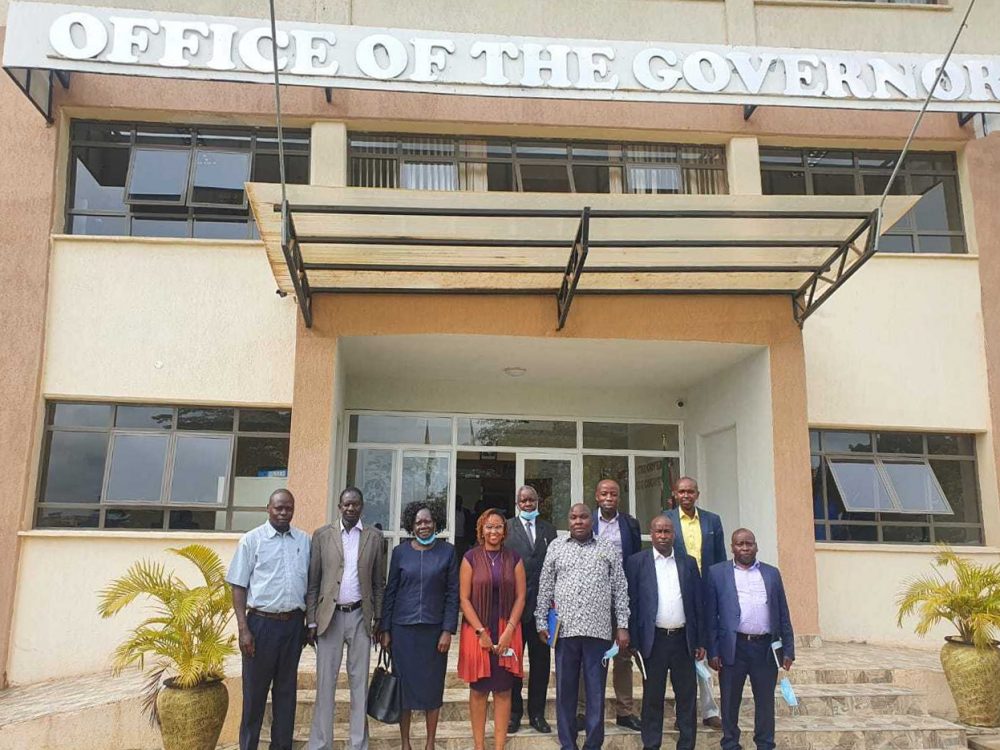USAID and PEOTUS: What Comes Next?
This Friday, DC will shut down for its quadrennial pomp, circumstance, and presidential transition. While we have seen a flurry of activity on the nomination, vetting, and policy fronts, we know little about PEOTUS’s development philosophy — and upcoming confirmation hearings are unlikely to turn up much new knowledge.
To help inform this process, USAID released a transition binder highlighting key issues and recommendations for the agency’s path ahead. At its heart are series of six memos, covering topics from policy influence and financial resources; its role in preparing for, and responding to, global crises; to its efforts to become a more evidence-based, adaptive organization (a recent Brookings piece also does a nice job of highlighting elements for effective development policy in the next four years).
A few report highlights:
Premium on Evidence and Adaptation
The memos highlight USAID’s reliance on evidence of what works — noting increasing needs for private sector co-financing (likely a Trump winner — see also the President’s Global Development Council’s second report) and support for local ownership (perhaps less popular for Trump and a GOP-majority Congress). The closing memo on “building a more nimble” USAID deals directly with the agency’s use of evidence.
Yet while the authors highlight an increased use of evaluation results to inform program design, the authors miss the opportunity to substantively emphasize PPL’s evaluation policy, USAID’s global thought leadership, and forays into adaptive management. Making the case for the evidence-based nature of the agency will likely be critical to securing bipartisan support for development assistance from a conservative Congress and White House.
IT Systems and Process Improvements
USAID’s IT systems have been a nightmare for a long time. In recent years, Missions have been putting in place Management Information Systems (MIS) from many IT suppliers, using different technologies and data standards. Financial data (GLAAS and Phoenix), program and results (Mission MISs), and personnel (EIMS) each rest in different systems with limited (or no) interoperability. This makes doing data-driven development challenging, as data are rarely easily on hand. This also makes maximizing USAID transparency more difficult, and increasing data quality should be a key commitment for USAID moving forward.
Fortunately, the reporting team highlights IT system investments in both its “USAID Today” and “Building a More Nimble” agency, noting the anticipated 2017 rollout of the first module (performance management) of the Development Information Solution (DIS — which aims to bring these systems together under one glorious interoperable roof). We hope the incoming administration will continue to place emphasis and support behind strengthening these systems, especially in the context of the efficiency of USAID.
Transparency and Accountability for Bipartisan Support
Lost in the hyper-partisan abyss of 2016 was a big step forward for aid transparency: the unanimous passing of the Foreign Aid Transparency and Accountability Act (H.R.3766). The act locks in many of the advances made over the past eight years, including data publication through the Foreign Assistance Dashboard, and monitoring and evaluation plans for aid-providing agencies. In addition, H.R.3766 could increase conservative (and public) support for development assistance by increasing the perception of its accountability and impact. We hope the incoming administration will recognize the benefits of transparency, not only for Congress and US taxpayers, but also as an important means to improve the delivery of development.
What’s at Stake for USAID:
Policy Influence and USAID Independence
While some speculated that a Clinton Administration would elevate USAID to a cabinet-level agency, the incoming team may follow the example of conservative governments in Australia and Canada by rolling USAID under the State Department. This move would likely reduce the independence of development from Trump foreign and trade policy agendas, and could signal intentions to reduce development assistance overall (while Canada has not seen a decrease in official development assistance, Australia has seen a 37% decline since 2012).
Last week, Secretary of State nominee Rex Tillerson called for a “complete and comprehensive review” of USAID’s portfolio, while indicating an interest in a budget driven by evidence of effectiveness and impact of USAID programs. How the agency collects and shares its impact — and how Congress reacts to an evidence-based approach — will be critical in the coming years.
Climate Change and Disaster Response
USAID, Department of Defense, and the White House have significantly invested in understanding and combatting the impact of climate change on development. USAID has also established itself as a leader in responding to health crises like Ebola, and to climate-impacted typhoons, floods, and mudslides. If recent PEOTUS statements and transition team requests are any indication, this could be US development policy’s biggest battleground for the next four years.
What this means:
Each political transition offers a critical time for reflection; in this case, that USAID is not the same agency it was eight, or even four, years ago. While rarely a top priority (it took one year for Administrator Shah to be confirmed, 11 months for Administrator Smith), and essentially unmentioned during campaign and transition periods, USAID’s fortunes are likely to be significantly impacted by this election. When USAID does come into focus, we urge the incoming administration to consider carefully the practical benefits recent changes at USAID have brought, and the impact major changes will have for the agency, its partners, and the broader development community.
Image: USAID U.S. Agency for International Development CC-BY-2.0
Share This Post
Related from our library

Challenging Pessimists—and Optimists—to Reimagine Data and Power
Josh Powell and Jenna Slotin reflect on the Data Values Project and building a movement for change in data for development.

Scaling Open Contracting in Kenya
Elgeyo Marakwet County in Kenya recently launched their own Open Contracting Portal at the end of April. DG has worked closely with the county to understand the customizations needed in order to meet their needs and has added additional features to the system.
